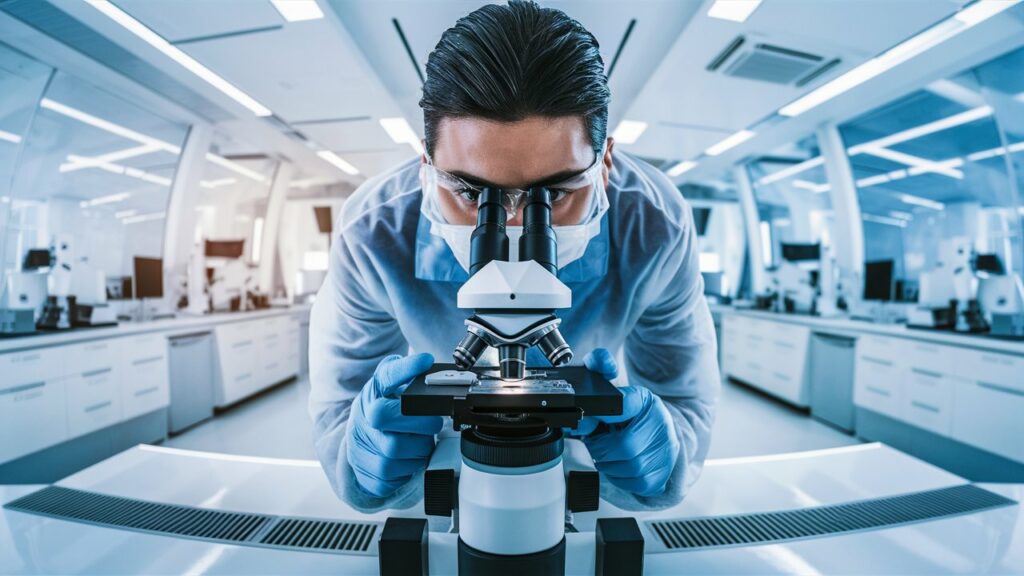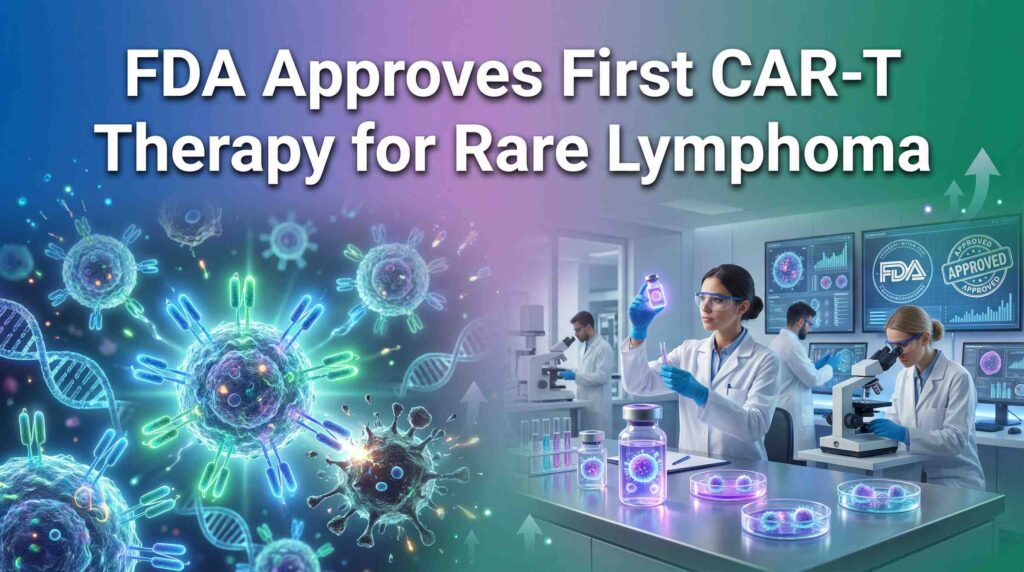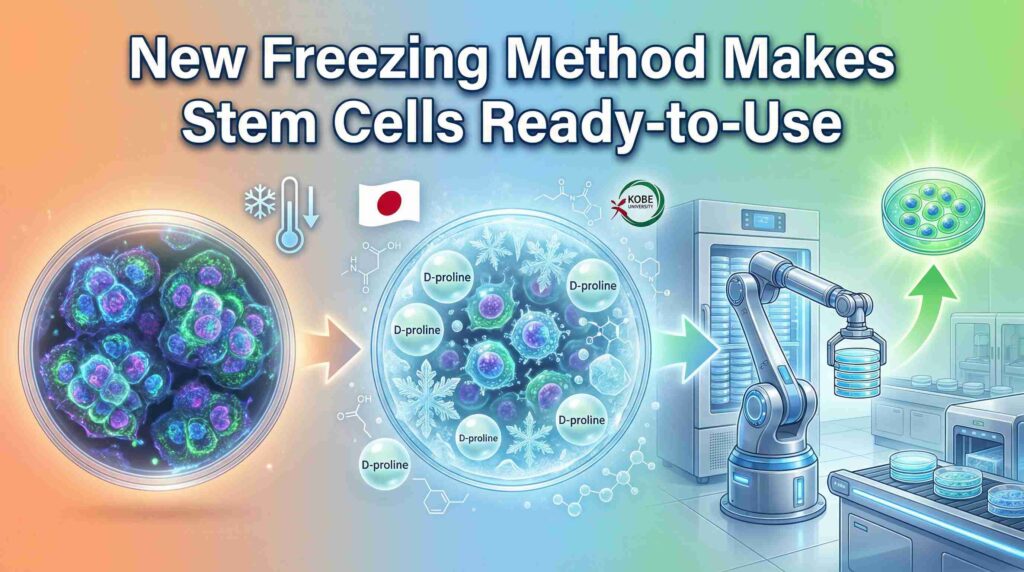Have you ever wondered how a single cell can be the key to unlocking the secrets of regeneration and healing?
Stem cells are nature’s own transformers, with the unique ability to turn into any cell type in the body, opening up a world of possibilities in regenerative medicine.
In this article, we will explore what makes stem cells so special and how they’re paving the way for groundbreaking therapies that could drastically improve quality of life.
Stem cells are often heralded as the cornerstone of regenerative therapies because of their capacity to regenerate damaged tissues and organs. Their classification into embryonic stem cells, adult stem cells, and induced pluripotent stem cells highlights the diverse potential of stem cell therapies across various medical conditions.
By delving into the science and benefits of stem cells, we aim to unlock the potential of these remarkable cells in treating diseases, repairing tissue damage, and even fighting aging.
Understanding Stem Cells: A Deep Dive

Types of Stem Cells and Their Sources
Stem cells can be likened to the proverbial “fountain of youth” in cellular form. They come in three main types, each with unique attributes and sources:
- Embryonic Stem Cells (ESCs): Derived from early-stage embryos, these cells have the ability to differentiate into any cell type in the body.
- Adult Stem Cells (ASCs): Found in specific tissues like bone marrow or fat, these cells are more specialized but crucial for tissue repair.
- Induced Pluripotent Stem Cells (iPSCs): Created by reprogramming adult cells to revert to an embryonic-like state, offering a renewable source of versatile cells without the ethical concerns tied to ESCs.
Each type plays a vital role in understanding how cells differentiate and contribute to tissue regeneration. This understanding is crucial for harnessing their potential in medical therapies.
The Science of Regeneration and Pluripotency
At the heart of stem cell research is the quest to understand how these undifferentiated cells can transform into specific cell types needed for repairing or replacing damaged tissues.
This process, driven by intricate genetic signaling, holds the key to future advancements in medicine.
Historical Perspective on Stem Cell Research
Stem cell research has come a long way from its origins. Milestone discoveries, from identifying bone marrow cells as the first known adult stem cells to the development of iPSCs, have significantly expanded our understanding of cellular regeneration.
These historical breakthroughs serve not only as a testament to human ingenuity but also as stepping stones for future advancements.
Therapeutic Applications of Stem Cells
Regenerative Medicine: Healing Damaged Tissues
Imagine a world where heart disease, spinal cord injuries, and even Alzheimer’s are treatable with cell therapies.
Stem cells play a crucial role in making this a reality by providing the necessary building blocks for tissue regeneration. From healing burn victims to creating new skin tissues through 3D cell culture systems, the applications are as vast as they are impactful.
Cancer Treatment: A New Frontier
In cancer treatment, stem cells are used not just for understanding the disease but also for delivering targeted therapies.
Bone marrow transplants, a type of stem cell therapy, have been saving lives for decades by replacing the diseased tissue with healthy cells.
Innovations in Stem Cell Therapy
Cutting-Edge Techniques
The integration of CRISPR technology into stem cell research has revolutionized our ability to edit genes with precision, paving the way for personalized stem cell therapies that could one day cure genetic disorders.
These innovations highlight the potential of stem cell technology to reshape the future of medicine.
Future Directions
The frontier of stem cell therapy is ever-expanding. With every research breakthrough, we move closer to unlocking the full therapeutic potential of stem cells.
The ongoing development of more sophisticated cell culture systems and cell transplantation methods continues to push the boundaries of what’s possible.
Ethical and Regulatory Considerations
As we explore the vast potential of stem cells, it’s crucial to navigate the ethical and regulatory landscapes carefully.
The use of embryonic stem cells, for example, continues to spark ethical debates, highlighting the need for clear policies that balance scientific progress with ethical considerations.
Conclusion
The journey through the world of stem cells is one of discovery, hope, and immense potential. As we continue to unlock their secrets, the promise of stem cells to revolutionize medicine is becoming clearer.
From regenerating lost tissues to curing previously untreatable diseases, stem cells hold the key to a healthier future, making it an exciting time to be part of this scientific revolution.


